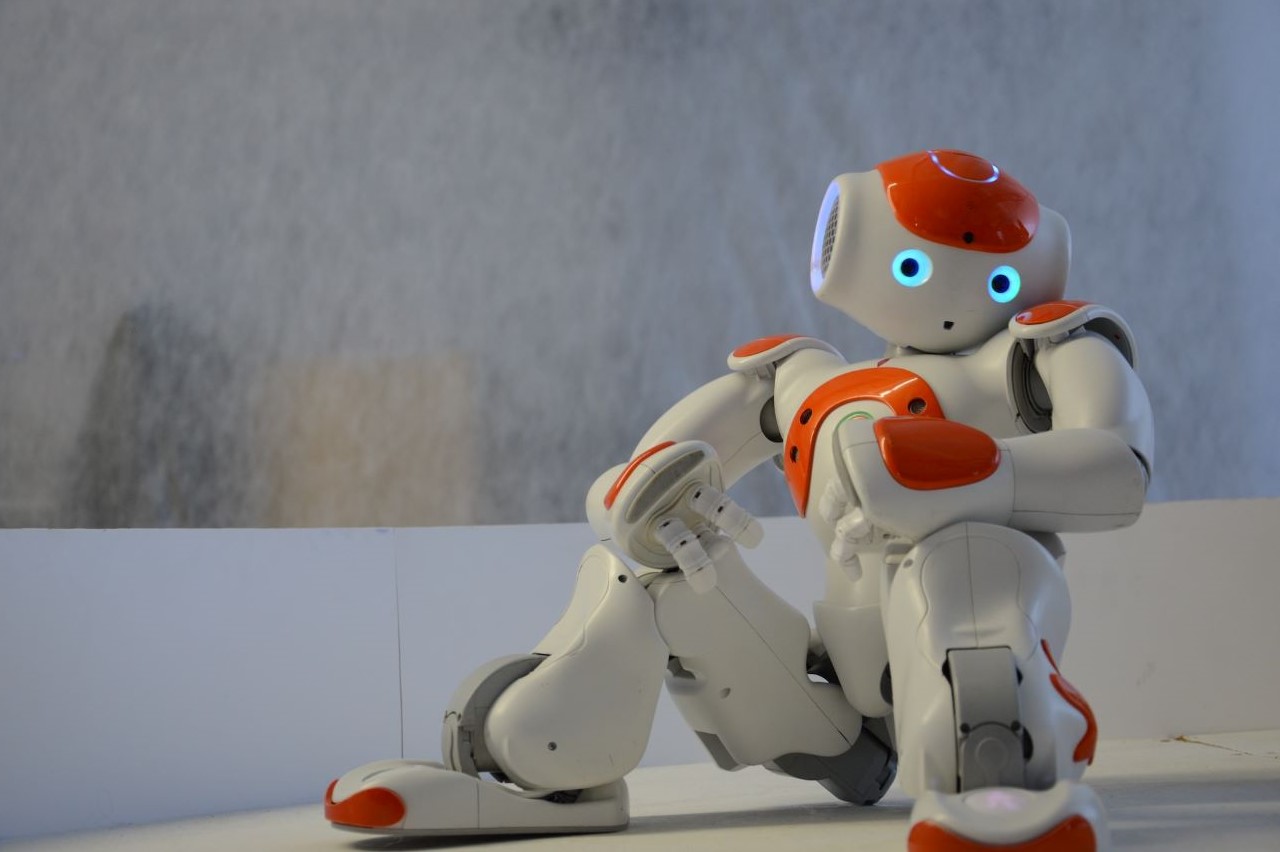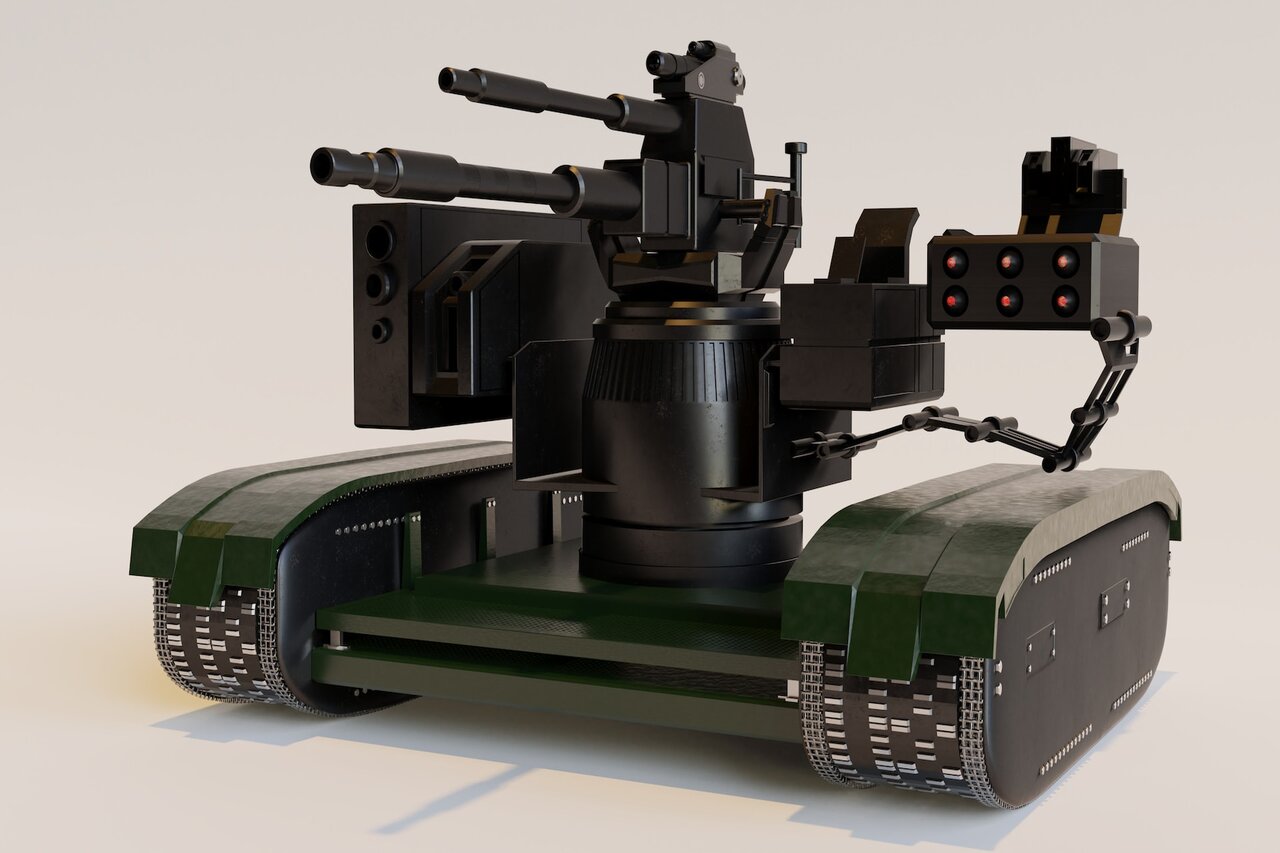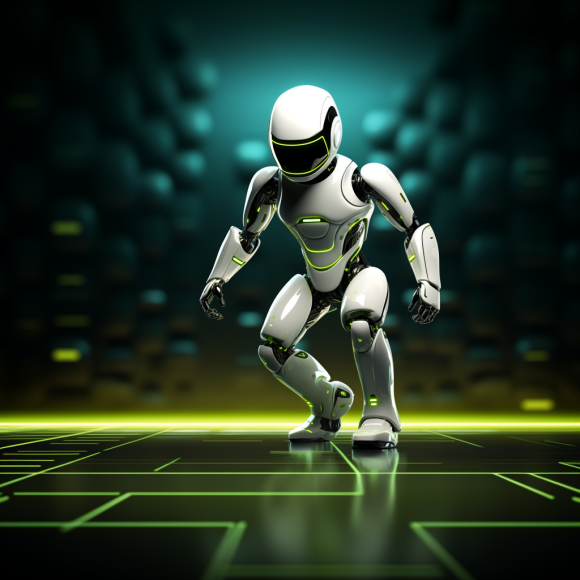Robots are already all around you, whether you realize it or not. You may not see many humanoid robot assistants walking around, but that future may not be far away. Real life may be closer to science fiction than you realize, so what about the laws of robotics?
If you’ve seen or read “I, Robot,” you’ve heard of Isaac Asimov’s Three Laws of Robotics. Asimov’s robots are far more advanced than the ones you’ll find today, but the laws are an intriguing concept. Now that robots are relatively commonplace, these regulations may be more relevant than they were in Asimov’s day.
Asimov’s Three Laws of Robotics
First appearing in 1942, Isaac Asimov’s Three Laws of Robotics are probably the most well-known example of a robot regulation. His laws were as follows:
- A robot may not injure a human being or, through inaction, allow a human being to come to harm.
- A robot must obey the orders given to it by human beings, except where such orders would conflict with the First Law.
- A robot must protect its existence as long as such protection does not conflict with the First or Second Laws.
Clearly, in 1942, these laws didn’t have any real-world applications. They were little more than a device to drive Asimov’s fiction, but robots are a reality now. No authorities have adopted these laws as a real regulation, but you can find examples of similar principles in robotics engineering.
EPSRC Principles of Robotics
The closest real-world equivalent of Asimov’s laws is probably the Engineering and Physical Sciences Research Council’s (EPSRC) Principles of Robotics. This British agency established these principles in 2010, along with the U.K.’s Arts and Humanities Research Council (AHRC). Though they take inspiration from Asimov’s laws, they offer a more relevant, practical approach.
The principles, which are more like guidelines than rules, state:
- Robots shouldn’t be weapons, except in the interest of national security.
- Robots should comply with all existing laws and human rights, including privacy.
- Robots, like any other product, should be safe and secure to protect their users.
- You should always be able to tell a robot apart from a human or other emotional being, to protect users’ psychological health.
- It should always be clear who is legally responsible for a robot.
As you’ve probably noticed, these apply to the people who make robots more than the machines themselves. Since fully intelligent bots aren’t a reality yet, that’s a more practical way to handle it.
Other Robot Regulations
You can find other examples of people suggesting similar laws or regulations for robots, but not many formal codes. Some countries have suggested writing laws about robots, mostly about how people and governments can use them. For the most part, though, the robot industry doesn’t have a lot of standards or specific legal regulations.
As significant a role as robots play in modern life, they’re not the intelligent machines Asimov wrote about. Most robots today are vacuums or smart speakers, which don’t need that kind of legislation. AI is getting better, though, so this could change in the coming years.
Do We Need Laws of Robotics?
Robots today don’t pose much of a threat to people, so these laws may be unnecessary. Some controversial technologies may change that, as people are recognizing potential dangers in them. Take self-driving cars for example, which could fill the roads in just a few years.
You’ll hear a lot about the safety benefits of driverless vehicles, but they may not be as safe as you’d think. The Insurance Institute for Highway Safety (IIHS) recently found that they can only prevent 34% of crashes, and programming is partially to blame. If manufacturers don’t program these systems to prefer safety over convenience, they could be dangerous.
Without regulations telling manufacturers to make driverless cars like that, they may not do it. So some industry-specific laws of robotics could be helpful.
Living Side-by-Side with Robots
Robots are everywhere, even if they don’t look like Asimov’s imaginations. As AI starts to blur the lines between algorithms and intelligence, though, maybe organizations should take inspiration from fiction. In the near future, society may need laws of robotics.
Recent Stories
Follow Us On
Get the latest tech stories and news in seconds!
Sign up for our newsletter below to receive updates about technology trends














